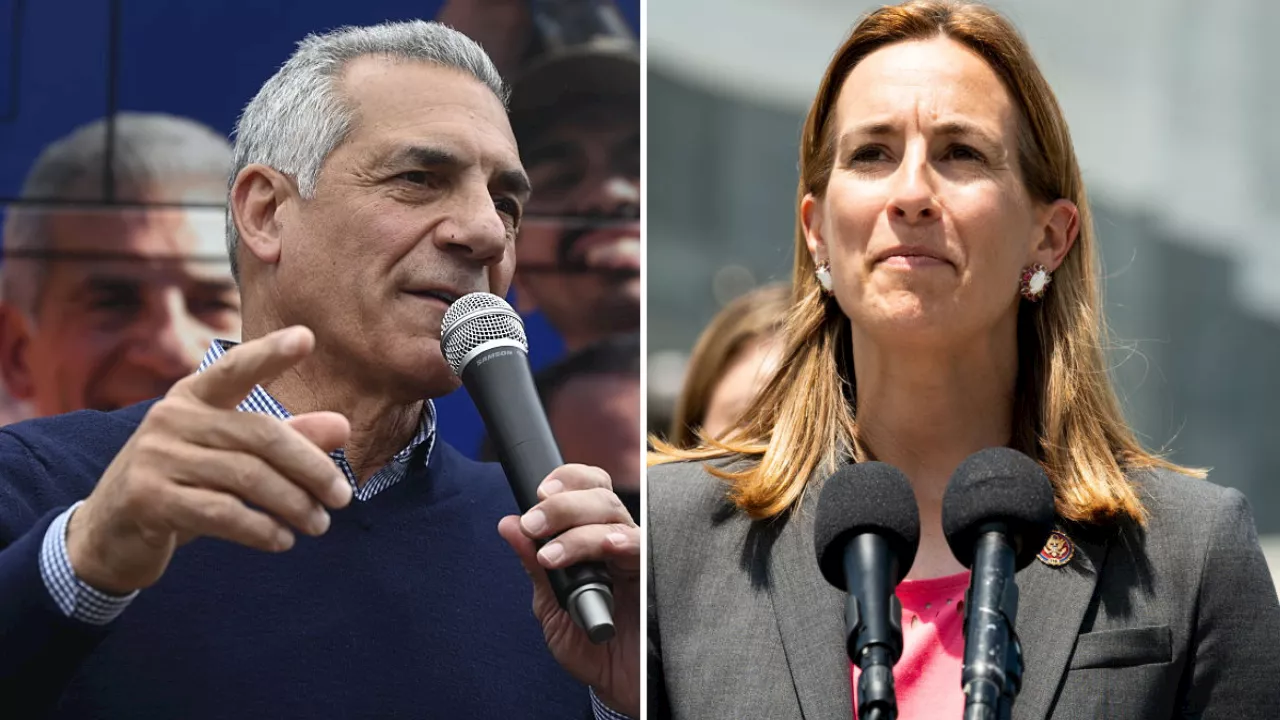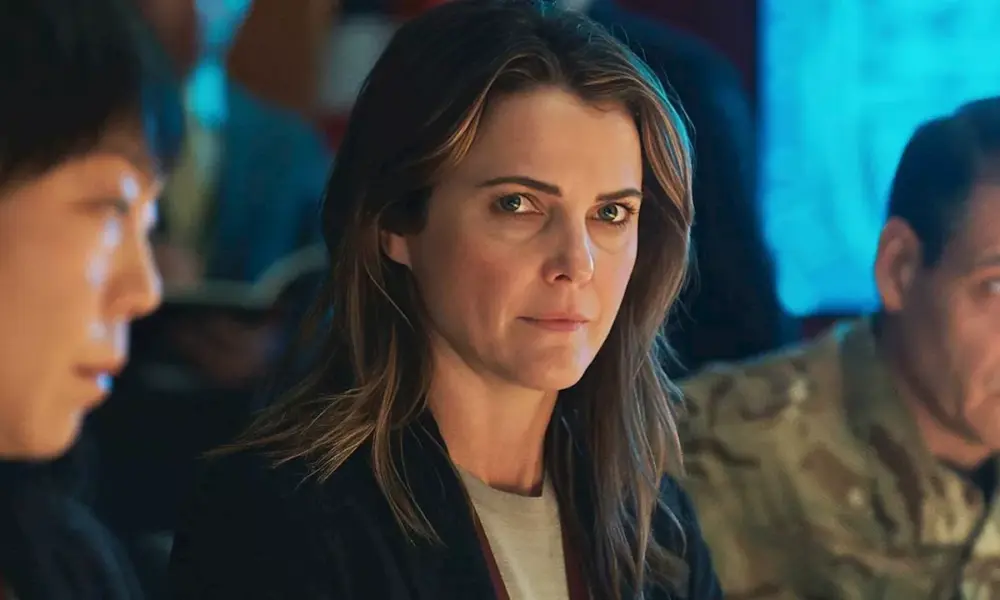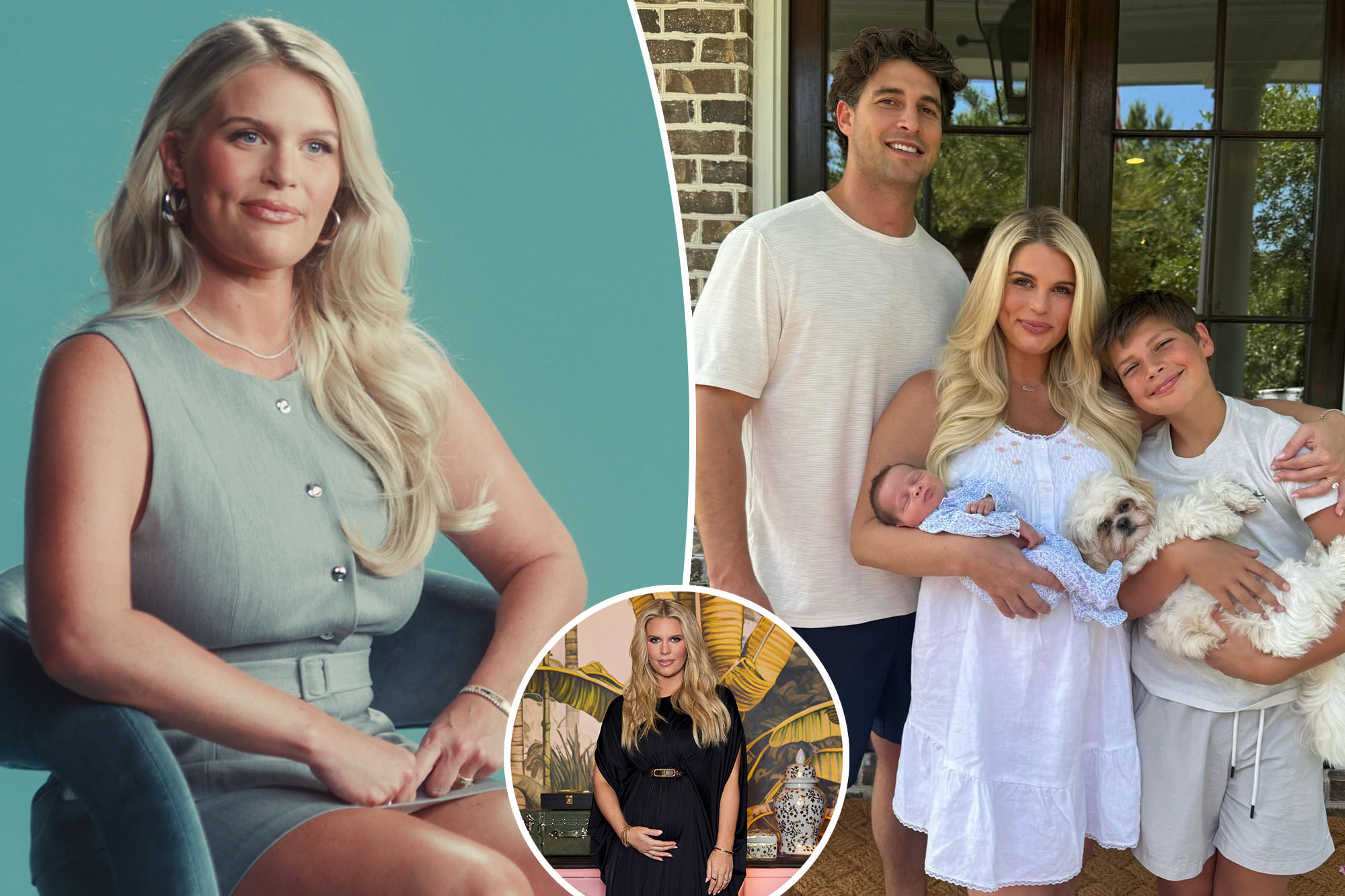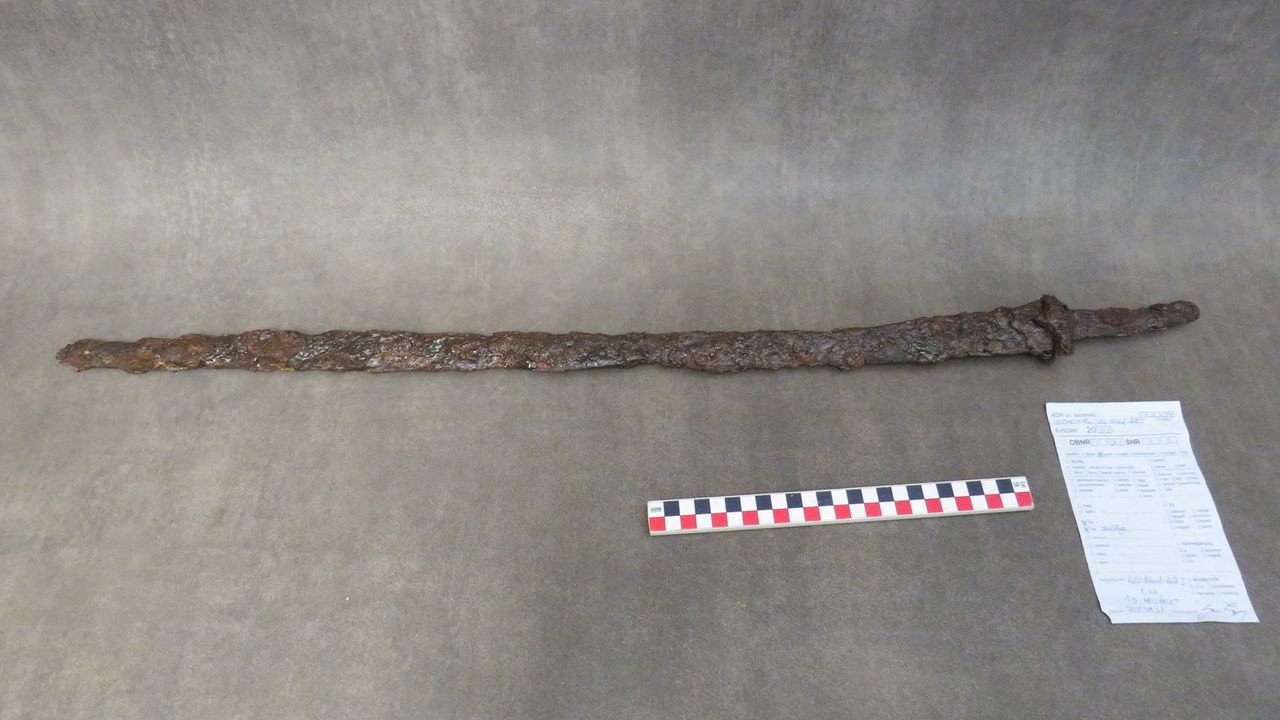Mexican American families across the United States are gathering this weekend to celebrate the Day of the Dead, or Día de Muertos, honoring their ancestors with traditional altars, marigolds, and sugar skulls. This vibrant celebration, which blends solemnity with festivity, is both a deeply personal family affair and a reflection of evolving cultural practices as it gains popularity.
The Day of the Dead is characterized by the creation of ofrendas, or altars, which include photographs, candles, and offerings of food and drink that were favorites of the deceased. Families often visit cemeteries to decorate graves with flowers and sugar skulls, creating an atmosphere rich with memory and love. In these moments, the skeletal figures central to the celebration symbolize the cyclical nature of life and death, as spirits return to the living world for a brief reunion.
The influence of Disney’s animated film “Coco,” released in 2017, has significantly impacted how the Day of the Dead is celebrated in the United States. According to Cesáreo Moreno, chief curator and visual director of the National Museum of Mexican Art, the film popularized the tradition and introduced it to a wider audience. “It provided a way for people who do not belong to the Mexican American community to learn about the tradition and embrace its beauty,” Moreno noted. This newfound visibility, however, has also led to commercialization, prompting some in the community to express concern over preserving the authenticity of the tradition.
As the celebration grows, it is often confused with Halloween, which has altered perceptions and practices surrounding the Day of the Dead. Some families have begun to adopt minimalistic designs for their ofrendas, opting for fewer colors and decorations, a trend that has sparked discussion within the community. While some embrace this change, others worry that it strays from the cultural roots that have defined the celebration for centuries.
Moreno emphasizes the importance of understanding the heart of the tradition, stating, “If people stop understanding what is at the heart of this tradition… that is what I am against.”
Ana Cecy Lerma, a Mexican American living in Texas, reflects on the motivations behind these minimalist altars. “I think you can put what you want in an altar and what connects you to your loved ones,” she said. “But if your reasoning is merely that you like how it looks then I feel that’s losing a bit of the reason as to why we make altars.”
The commercialization of Día de Muertos has also drawn criticism from advocates like Sehila Mota Casper, director of Latinos in Heritage Conservation. She points out that large retailers are capitalizing on the celebration similar to how they have with Cinco de Mayo, often prioritizing profit over cultural significance. “It’s beginning to get culturally appropriated by other individuals outside of our diaspora,” Mota Casper stated.
Despite these challenges, individuals like Beth McRae, who has been creating altars since 1994, find joy in celebrating the tradition while raising awareness among those unfamiliar with it. McRae has amassed a collection of over 1,000 items related to Día de Muertos, which she incorporates into her annual celebrations. She strives to be respectful in her approach, ensuring that the items used have cultural significance and maintaining a focus on honoring her loved ones.
In Los Angeles, first-generation Mexican American Salvador Ordorica believes that traditions should evolve to remain relevant for younger generations. “I think it’s okay for traditions to change,” he said. “It’s a way to really keep that tradition alive as long as the core of the tradition remains in place.”
As Mexican American families gather across the nation, the Day of the Dead serves as a poignant reminder of cultural heritage and familial bonds. While the celebration may evolve, its essence continues to resonate, connecting generations through cherished memories and shared rituals.







